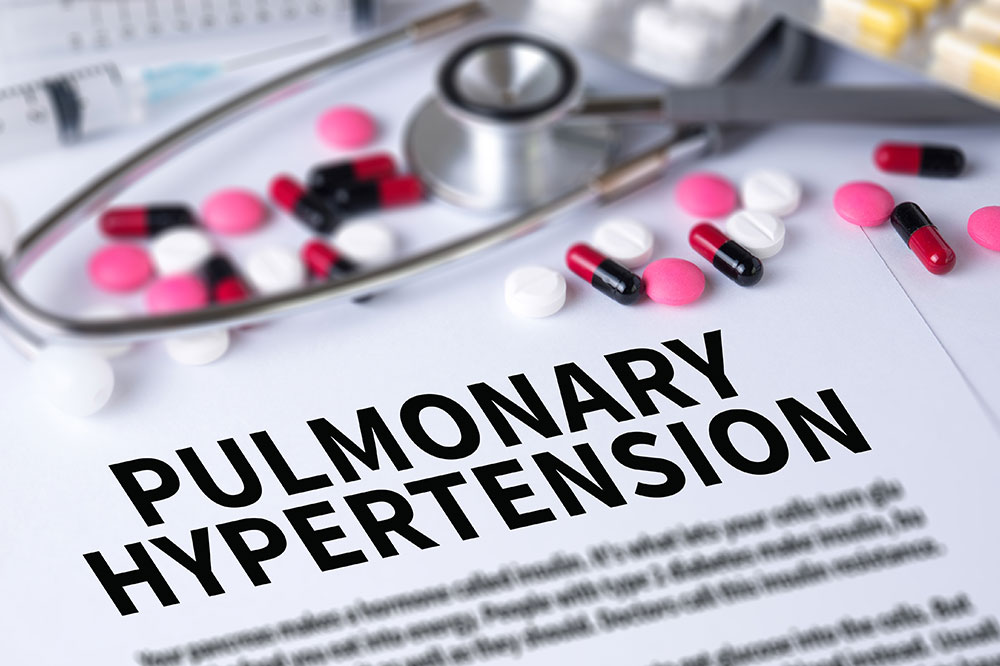
Understanding the Treatment Options for PAH
Pulmonary Arterial Hypertension, also commonly known as PAH, is a progressive condition that causes high blood pressure in the lungs. What causes this hypertension in the pulmonary arteries is unknown. Considering how rare this condition is, there is a general lack of awareness regarding how to manage and treat this condition. In this article, we shall break down the different treatment options for PAH.
Treatment options for Pulmonary Arterial Hypertension
One of the most important things to remember when it comes to PAH is that there is no definitive cure for this condition. Any mode of treatment available is only used to reduce the signs and symptoms of this condition. These make it easy to function in day-to-day life.
But before the patient starts treatment, doctors need to figure out which kind of treatment works best for the condition. To do this, doctors first focus on understanding the root cause of PAH. The mode of treatment can also vary depending on the severity of the symptoms and its effectivenes on the individual.
Here are a few of the various modes of treatment for PAH:
1. Conventional therapies
Common modes of conventional therapy include calcium channel blockers, digoxin, diuretics, oxygen, and warfarin. The calcium blockers help reduce the blood pressure in the body, whereas digoxin helps with pumping blood throughout the body. Oxygen can be inhaled with the help of a facemask and eases the process of breathing, and diuretics gets rid of the excess fluids that put pressure on the heart from the body.
2. Oral medication
When it comes to oral medications, there are a ton of options that individuals can choose from based on their needs. Endothelin Receptor Antagonists, also known as ERAs, help prevent the narrowing of blood vessels in the body. Phosphodiesterase inhibitors aid the lungs to produce more vasodilators, and prostacyclin analog works to ensure relaxation of the blood vessels in the lungs.
- Inhaled and intravenous treatment
Inhaled methods of treatment can be used to relieve the shortness of breath that is caused due to PAH. Common inhaled medicines include Iloprost and inhaled treprostinil. Patients also opt for intravenous treatment options as it helps open up the blood vessels in the body as well as relieve the other symptoms of PAH. - Over-the-counter medication
Individuals suffering from PAH can also opt for over-the-counter medication to ease the symptoms of this condition. Most over-the-counter products are simple medications or herbal supplements. Despite this, it is important to get in touch with your healthcare practitioner before you opt to take any medications or supplements as they can be harmful.
Apart from these treatment options, individuals can also opt for surgery. There are two basic types of surgery that can help treat PAH:
1. Atrial septostomy
This open-heart surgery is only carried out if medications do not help ease PAH. This procedure can cause serious complications such as arrhythmias.
2. Transplants
In severe cases, individuals can opt for lung or heart transplant surgery.


